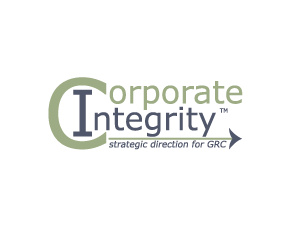While GRC is ultimately about collaboration and communication between business roles and processes, technology provides the backbone that enables GRC. To describe this technology, Corproate Integrity has defined the GRC Reference Architecture2 (this is closely aligned to the second version of the Open Compliance & Ethics Group (OCEG) GRC Technology Blueprint). This model is meant to be a practical and applicable tool for organizations trying to understand and implement technology for GRC.
GRC today is akin to customer/client relationship management (CRM) in the 1980s. Before CRM systems and processes entered the organization, client information and relationships were being managed. The challenge was that there were scattered silos that created inconsistent and redundant data, with no view into the entire profile of the client and its interaction with the business. CRM systems create a single view of customer information and interaction across business processes and roles. GRC systems and processes aim to achieve the same thing — to provide an integrated picture of governance, risk, and compliance information and processes across the business. This requires an integrated view of GRC business process and technology architecture.
















